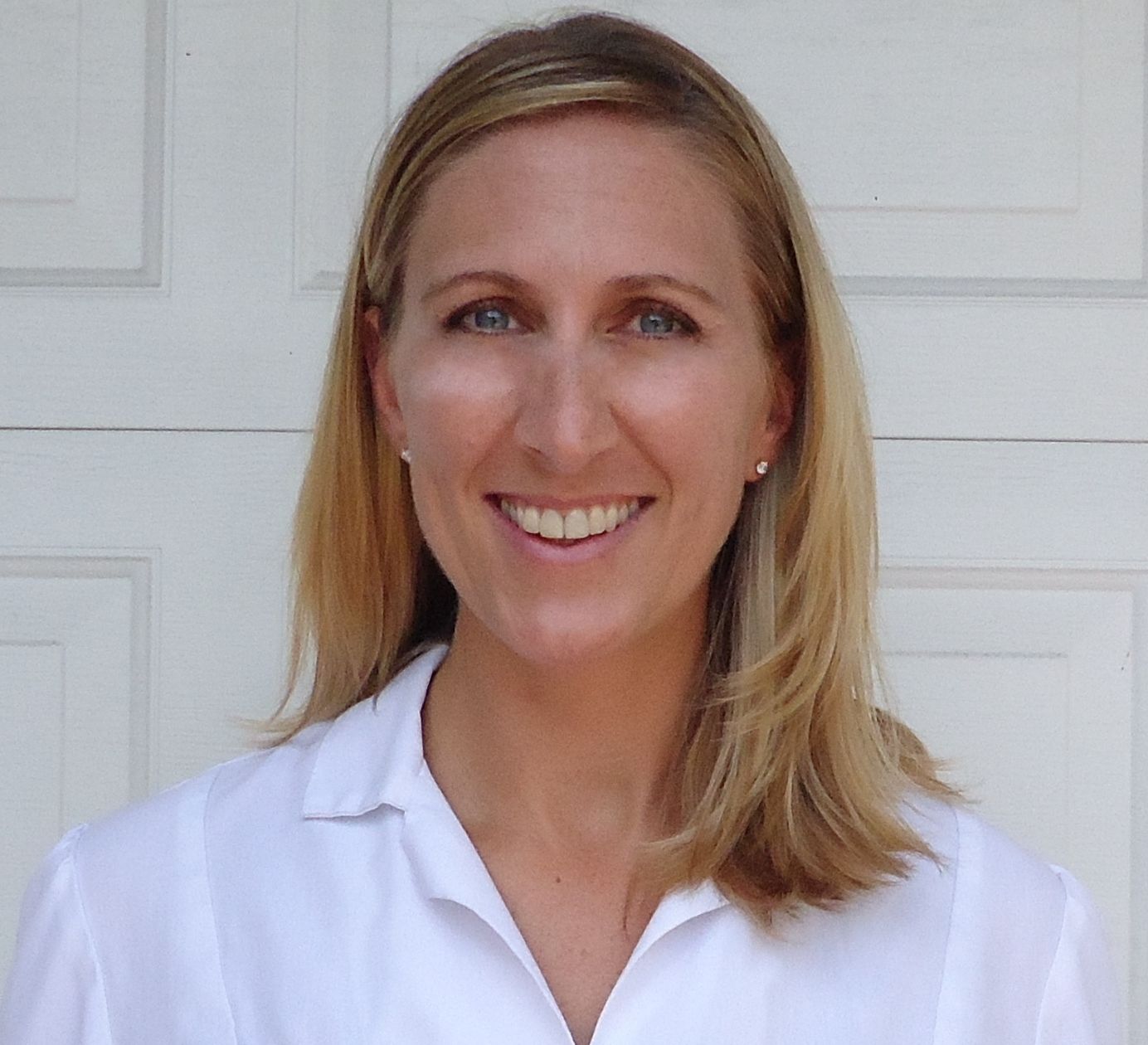NP Week: Bright Future for Retail-Based Nursing
In honor of NP Week, Contemporary Clinic interviewed nurse practitioner and Editorial Board member Kristen Marjama, DNP, FNP-BC, Manager of Clinic Education and Development at Walmart Care Clinics.

In honor of NP Week (November 8-14, 2015),Contemporary Clinicinterviewed nurse practitioner (NP) and Editorial Board member Kristen Marjama, DNP, FNP-BC, Manager of Clinic Education and Development at Walmart Care Clinics.
1. Why did you decide to become an NP?
My parents were truly instrumental in introducing me to the nursing profession. According to the 12th grade national aptitude test, my strength was computer science, so majoring in nursing was not really on my mind.
My limited knowledge of nursing gave me visions of bedpans and really old people. Then, I started finding nursing journals on my desk in my bedroom—my dad’s ploy to expand my knowledge of nursing—and it worked!
I graduated as an RN, landed my first job as charge nurse in a traumatic brain injury rehab unit, and loved every minute of it. I also worked in the emergency room and cardiac cath lab before becoming a family NP.
The NP role is where I found the joys of building my own practice. I love people, I am passionate for the nursing profession, and I am thankful to my parents for steering me in the right direction!
2. Why have you chosen to work in a retail clinic?
After working in family practice as an NP for 5 years, I started hearing about the retail health concept. I was intrigued with the opportunity to improve access to health care, and I loved that the concept focused on utilizing NPs and physician assistants (PAs) to provide high-quality care.
I kept my job in family practice and accepted a position—albeit part-time—in retail health to check it out for myself. Three months later, I was hooked.
I left family practice, started working full-time in retail health, and I never looked back. What a great opportunity to serve a variety of people in my community, many who do not have a primary care home.
My knowledge and understanding about providing high-quality care, utilizing evidence-based guidelines, adhering to Healthcare Effectiveness Data and Information Set (HEDIS) measures, and documenting for coding accuracy grew infinitely more than I could have imagined. It also provided me with the opportunity to join the leadership team as an educator to orient, educate, and support my peers in this setting.
These opportunities for professional growth led me to complete the Doctor of Nursing Practice and accept a position as manager of clinic education and development. I look forward to expanding the retail health model into rural areas for improved access to care.
3. What are some challenges that you face as an NP working in retail health?
In an effort to improve access to care, some health care organizations and facilities continue to view the retail health model as a threat to providing continuity of care. There is much to be said about the misunderstanding on the true value of high-quality care provided by NPs and PAs and the need for improved access to care.
The retail health model promotes continuity of care by communicating each visit to primary care offices. We fill the gap for those discharged from an emergency room with no primary care home, and we help keep people out of emergency rooms by having longer hours of operation and taking walk-ins with little to no wait for an appointment.
Services such as vaccinations and travel medicine are often not available in primary care settings. The retail health model provides these services and is perfectly positioned to fill these gaps in care.
4. How can retail-based NPs overcome these challenges?
We need unity and to speak in one voice as a retail model, not to mention as a nursing profession. The mission and vision of the retail health model needs to be heard and understood.
We need to continue to provide high-quality care, voice our quality measure scores, show our high patient satisfaction and engagement levels, and work together in our mission to improve access. We as NPs and PAs need to own our responsibility in building our practice in this setting.
5. What are your hopes for the future of retail health?
I hope to see further expansion of retail health clinics across the country, especially into the rural and underserved communities. There are a lot of health care needs that are unmet, and this model is well-equipped to meet those needs.
When retail health was first being introduced in 2006, there was a very limited scope of service. The scope of practice for NPs and PAs is much larger than what was allowable within the scope of service.
The quality of care provided is a testimony in itself on the need for expansion of services. While the scope of service in this setting has expanded in recent years, there are still areas to be opened and explored.
Creativity and innovation are necessary for this model to continue to flourish and serve those in our communities. The future looks bright!
